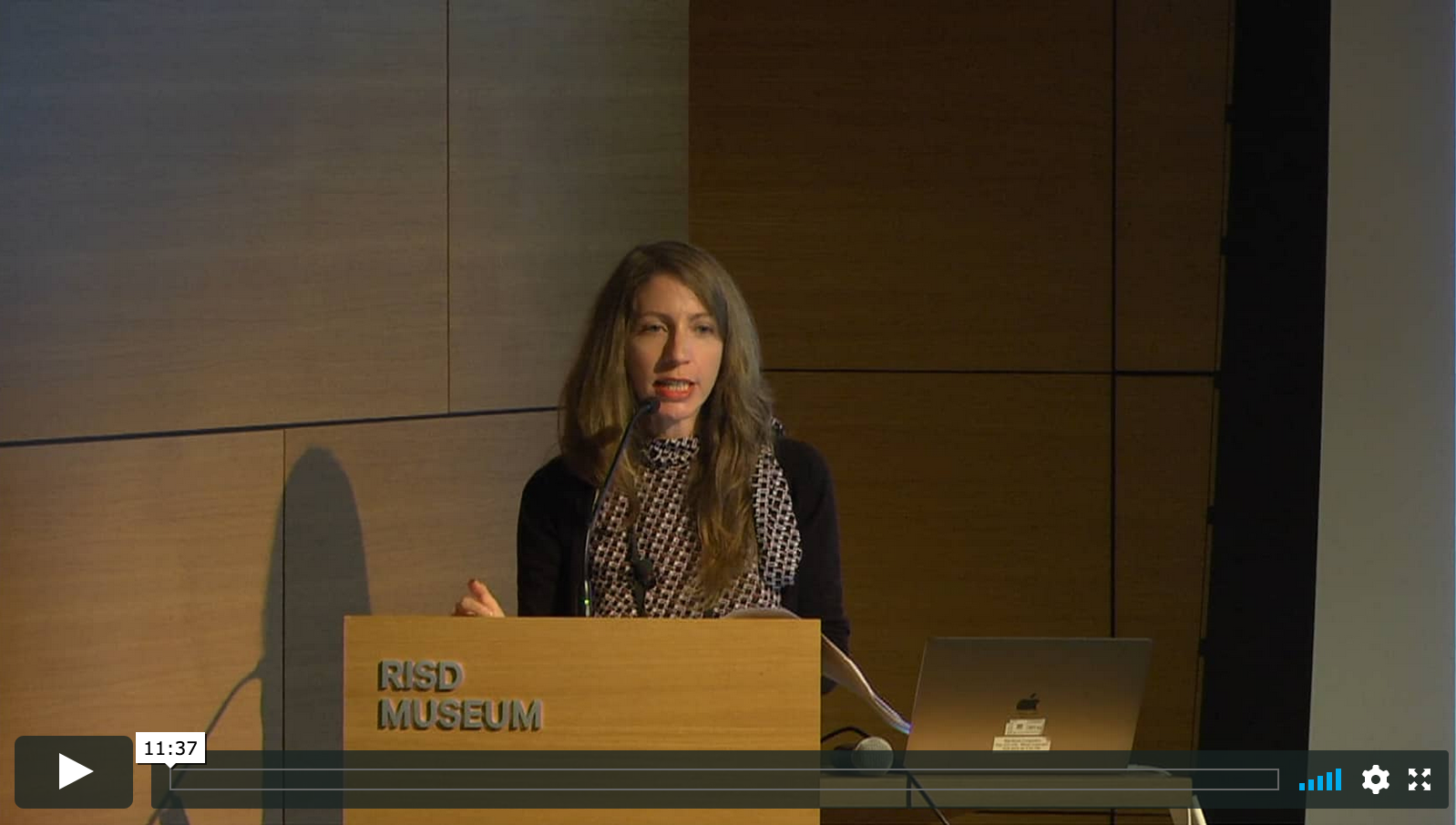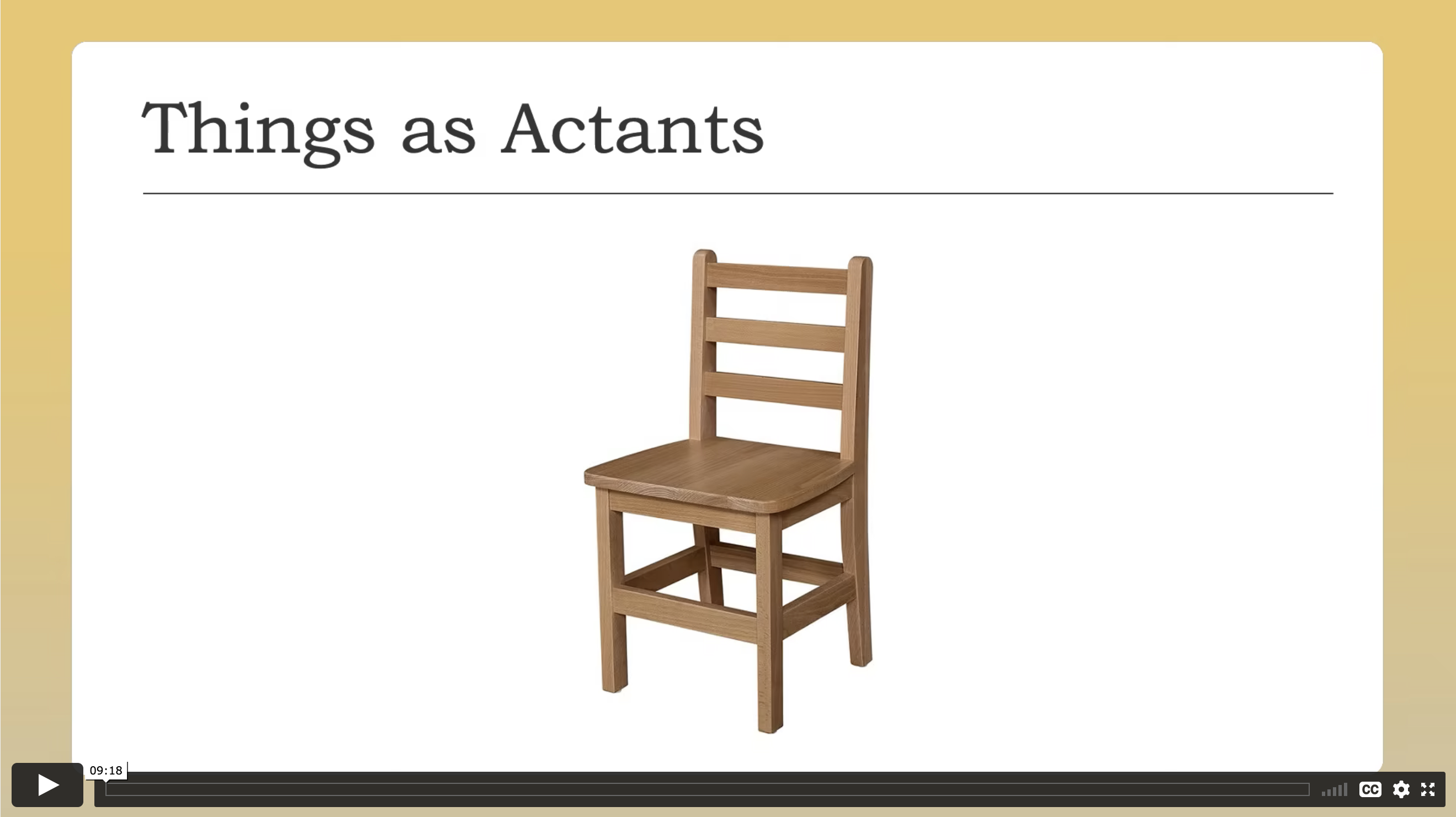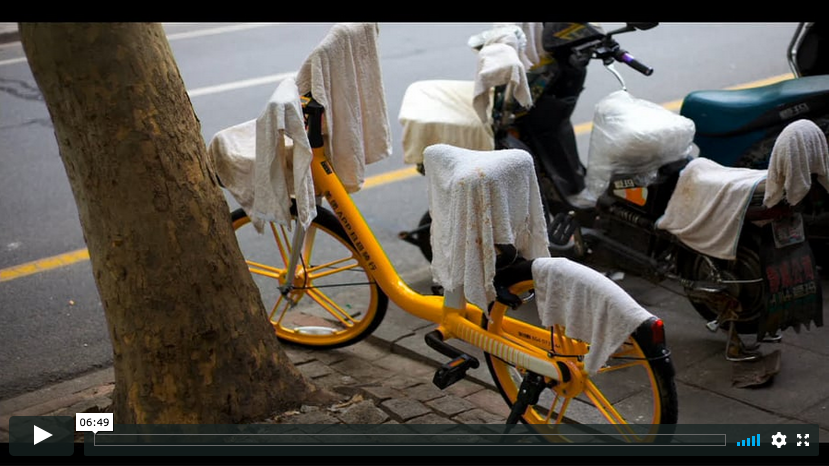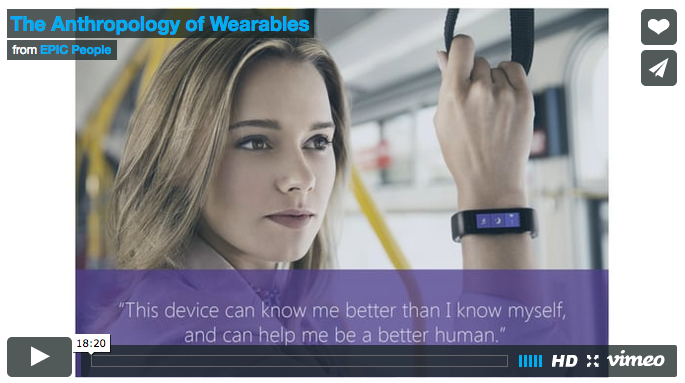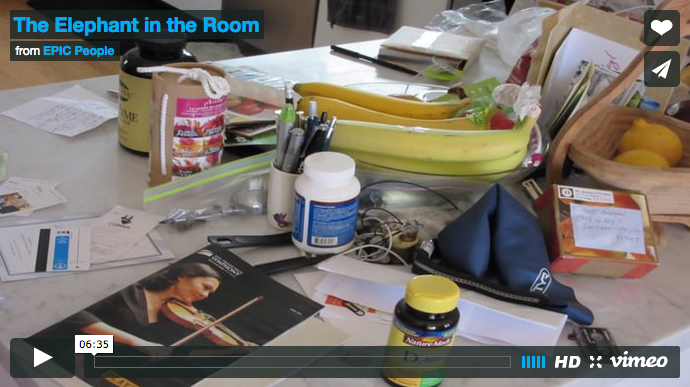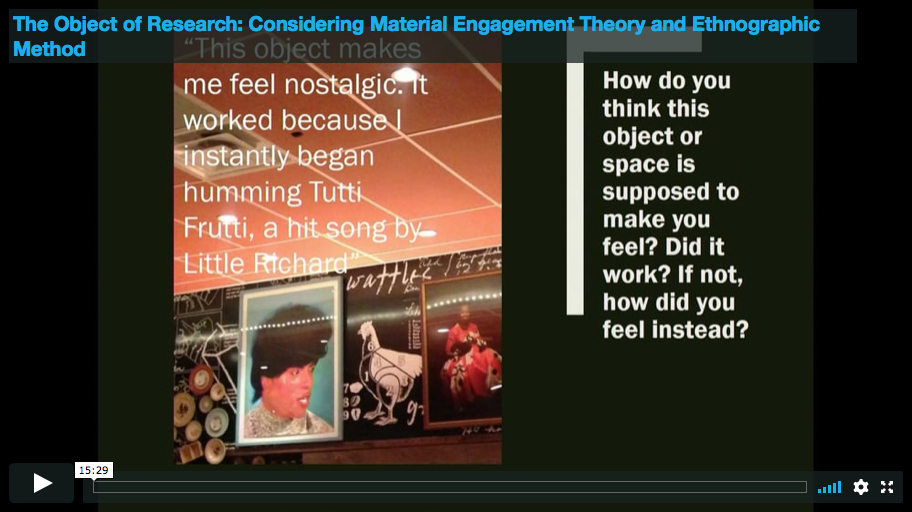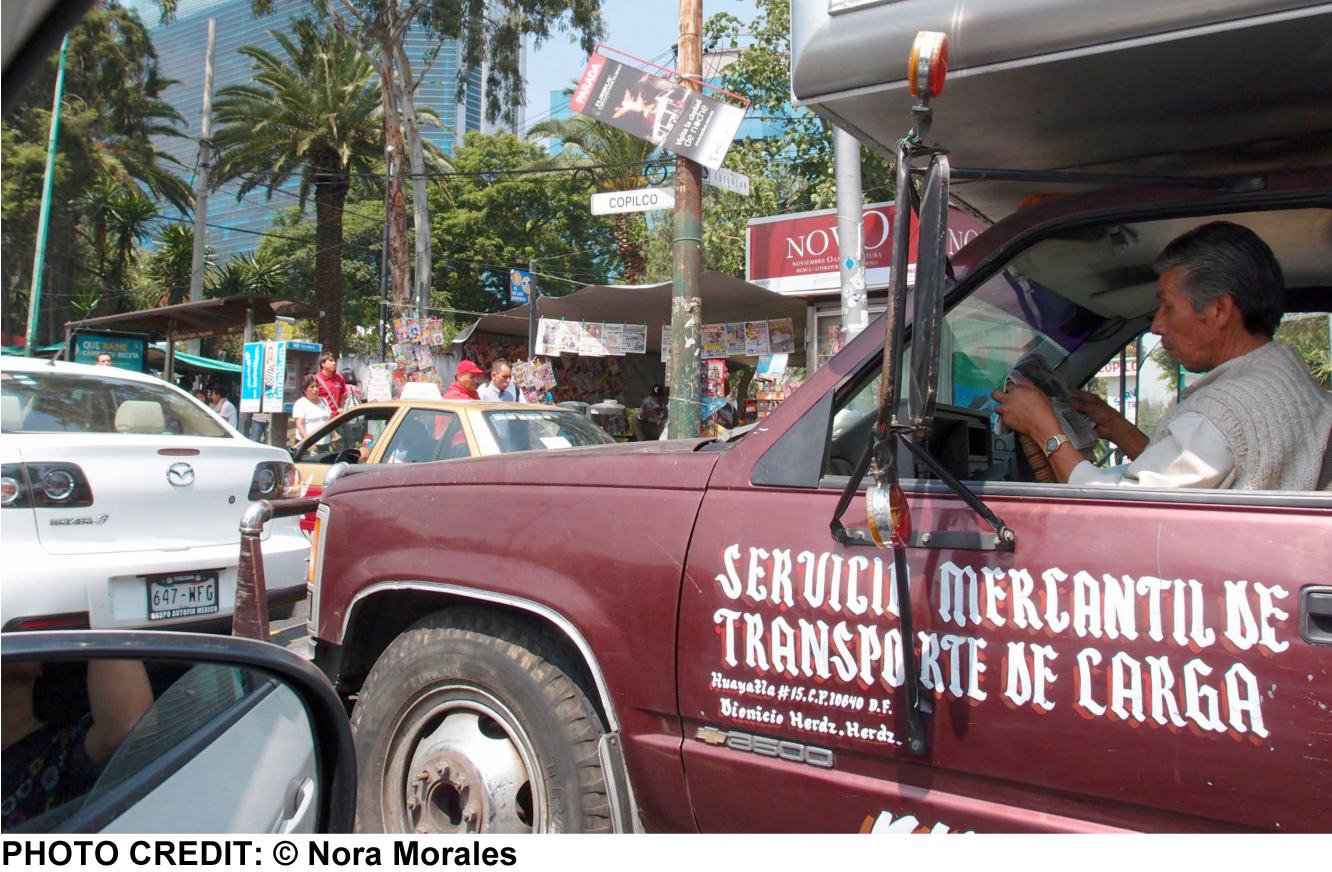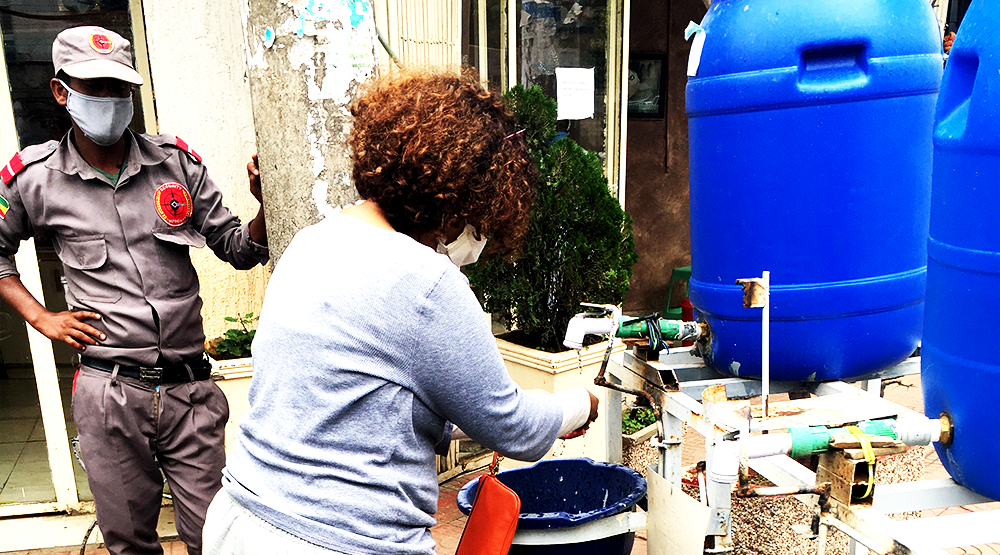Material Culture
Objects are material but also deeply cultural—and through ethnographic analysis, they are pathways to understanding people within social, technological, and ecological systems.Overview
Material objects might have an appearance of static solidity, but this is an illusion. They are not immutable repositories of meaning as much as in-motion emissaries. The meaning(s) of things is relational, as these papers and PechaKuchas demonstrate – contingent on histories, ideas, and human (and non-human!) engagement with them.
Why do we care?! Objects are a rich resource for ethnographic query – allowing us to explore identities or life-as-lived with greater nuance. They are a vantage point for exploration. But in the hands of ethnographers, objects are also a pathway to more systemic understanding of social, economic, and ecological worlds. As these papers show, an ethnographer’s analysis can take on presuppositions about technological change, illuminate assumptions about what we think we know and, crucially, observe dynamics of change. So armed, we are in a better position to impact design and development of the world we live in.
Tamminen and Holmgren (2016) show how the conceptual framework for understanding objects impacts what we ask about them and thus what we allow them to become (or not) through design. Lafuente and Prata (2019), Kozabaev and di Salvo (2021) and Morales (2014) remind us that we give meanings to things while, simultaneously, things exert influence on the humans that engage with them. Lafuente and Prata (2019) show how post-it notes create boundaries on the production of knowledge within workgroups. Kozabaev and di Salvo (2021) show how bookshelf or desk design rejiggers identities and community-making as they alter relations among people. Bean et al. (2017) and Morales (2014) hone in on human-object engagement where meanings are produced to show how objects, as multivalent signifiers, are integral to the construction of narratives about ourselves and the world we live in.
Key Articles
The Anthropology of Wearables, Sakari Tamminen & Elisabet Holmgren (2016). This paper is a foundational read for ethnographers in technology as the authors consider wearables in a larger framework of culture and human existence. Wearables have forever mediated relations with a larger world and the authors demonstrate the value of framing questions about wearables not as digital tech per se, but more broadly as cultural objects—in relation to bodies, social selves and personal identities. Tamminen and Holmgren discuss wearable technology in three ways: as autobiographical objects, as mediators of imagined selves, and as technologies of discipline and control. They then circle back to the implications of this framework for design and project strategy. This paper offers readers a more holistic way to think about technologies in general, wearables in particular, and the practical applications of a cultural lens.
Futures in Things: Locating the Promise of Infrastructures in Public Libraries, Sandjar Kozabaev & Carl di Salvo (2021). This paper is a persuasive illustration of the power of objects to be social actors. The authors argue that speculative design is typically people-centric, and insufficiently addresses objects as actants. Objects exert influence; infrastructure entails relations with other objects and people, and these relations are situated, contingent and ongoing. Focusing on the future of libraries, the authors show how changes to objects—bookshelves, the circulation desk—shift relations between people, community identity, and the concept of library. Smaller, movable bookshelves, for example, impact the size of the collection and flexibility of the space, and have the potential for greater surveillance. The circulation desk, when reinvented as a movable pod, impacts librarians’ own sense of authority and increases their vulnerability. The authors suggest that ethnography should include analysis of what objects see, want, or generate by virtue of their design and assumed relations with people. By querying objects, ethnographers can anticipate and examine relations entailed by design.
The Object of Research, Jonathan Bean, Bernardo Figuereido & Hanna Pico Larsen (2017). This paper explores acts of meaning-making as people interact with objects. Using Material Engagement Theory as a framework and the Harlem Red Rooster as a fieldsite, the authors explore how objects in the restaurant orient, but don’t determine, consumer experiences and contribute to the creation of narratives – in this case about the brand. The authors show that objects are not receptacles of meaning but rather are multivalent signifiers. People, drawing on their own histories, experiences, and ideas, ascribe meanings and make connections. Beyond the conceptual contribution, this paper offers practical application of online diary prompts and probes that can act as a template for similar research projects.
Trapped in Traffic: A Story about Finding Connection on the Go, Nora Morales (2014). This PechaKucha is a vivid illustration and reflection of meaning-making. As Morales commutes to work, along with millions of others, she views herself as an object in the flow of people, and draws herself into relation with other objects – what she sees and hears along her route over the course of two years. She suggests that engagement is a way to create a sense of place and connections with people. It is a beautiful and classic EPIC PechaKucha that provokes us to attend to the ephemeral and corporeal qualities of things around us through which we forge meaning(s). A delight.
(Fr)agile objects: Thinking Scrum through Post-it Notes, Isabel Lafuente & Wilson Prata (2019). This paper is an insightful analysis of the power of the ubiquitous Post-it in agile development. Post-its materialize speed as signals of project progress in scrum; they materialize knowledge by their constrained dimensions (they are small!) and rules of scrum (which narrow the focus to do-able actions). The authors show how the size of Post-its and the rules for scrum deprivilege difference, arguing that Post-its provide a framework for getting things done and showing success but also become a particular performance of knowledge. They wonder how organizations can be slow – as in being deeply engaged with a present complexity – without conceiving slow as deceleration/lack of progress? A must-read for anyone in the business of design or development (things or ideas), which means all of us! Guaranteed to make you think differently about work tools and the production of knowledge.
Go Deeper
The Elephant in the Room: A Lesson from the Field, Liubava Shatokhina (2016). A fabulous PechaKucha on the material traces of time. Shatokhina argues that objects and their constellations are traces of cultural ideas and assumptions.
Where Were You During Covid-19? An Ethnographic Lens on Local Life in a Global Pandemic, Patricia Sunderland (2020). An astutely observed photo essay of handwashing stations on the streets of Addis Ababa that emerged in response to Covid-19. Sunderland shows how these “creative feats of recycling bricolage” embody traces of cultural ideas and ideals.
Out to Dry: Change and Agency across Urban China, Zach Hyman (2019). This PechaKucha brings laundry into focus as a contested object in public spaces of urban China. Laundry practices are simultaneously practical need, creative solution, social identity, civic status and political claim – and all of this is playing out in the streets.
All That Is Seen and Unseen: The Physical Environment as Informant, Lisa Reichenbach & Magda Wesolkowska (2008). A foundational paper on the merits of attending to objects for gaining insight on life-as-lived. Using phenomenology as theoretical grounding, the authors argue that we need to explore “how people, places and things are acting on each other.” They offer a set of practical suggestions for pursuing a more environmental approach.

Curator: Rita Denny
Contributor: Elizabeth Anderson-Kempe

